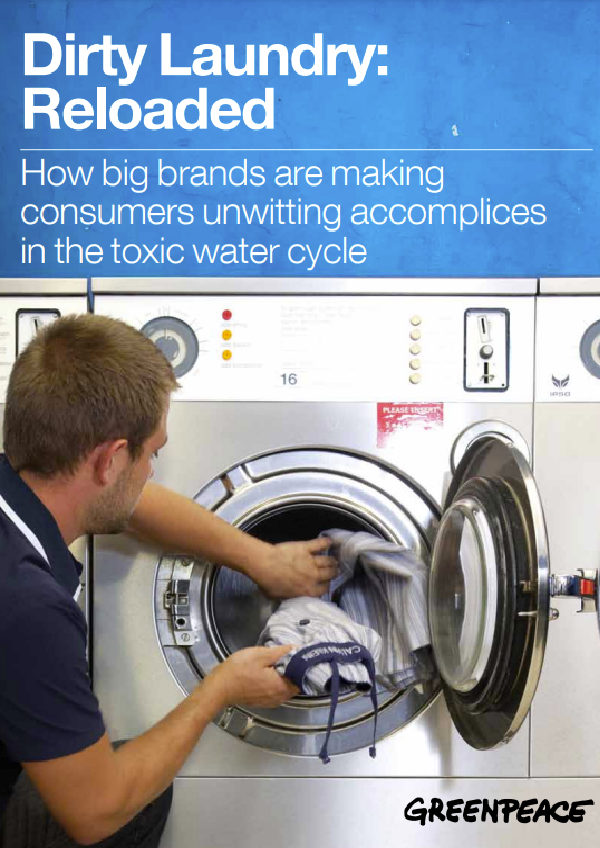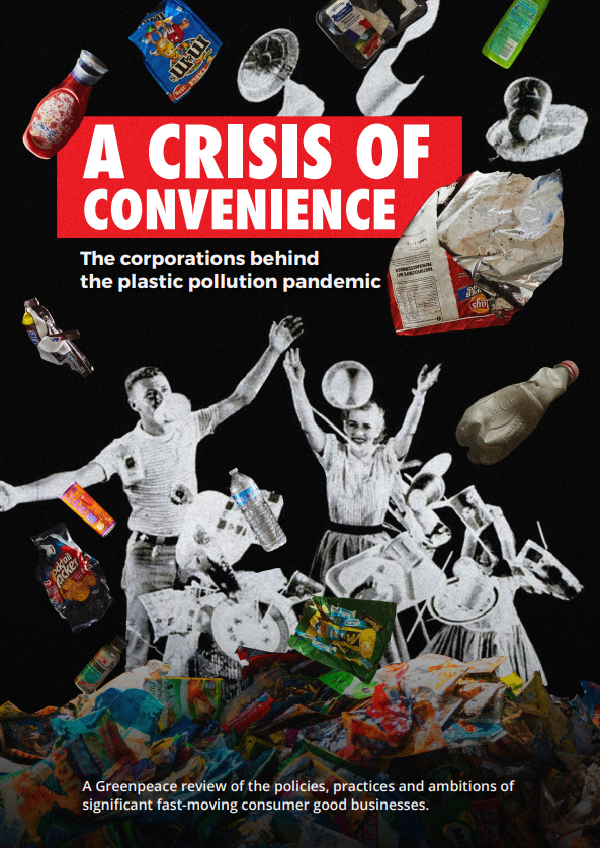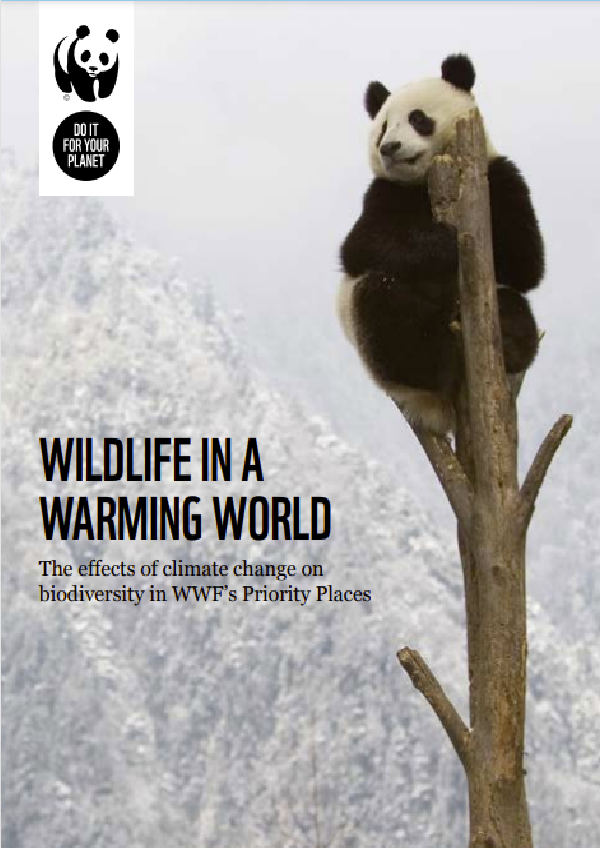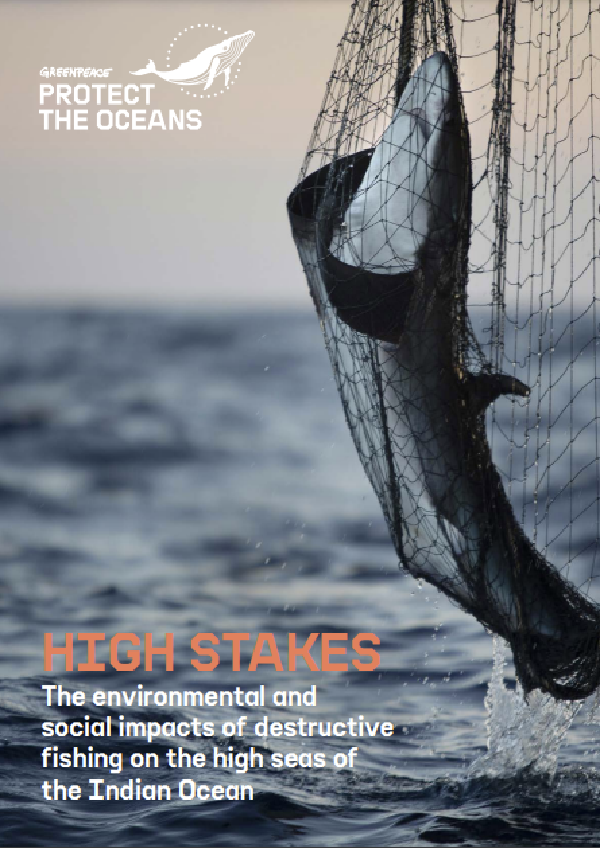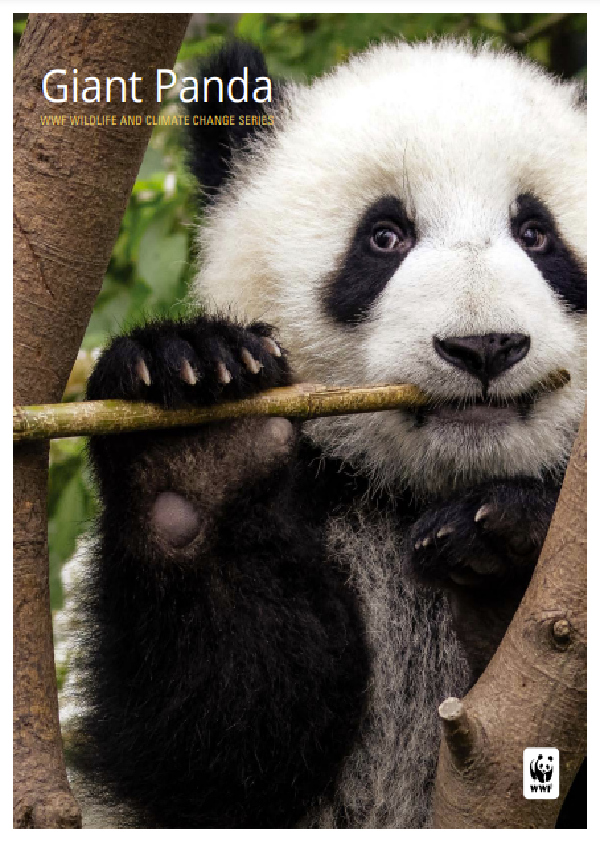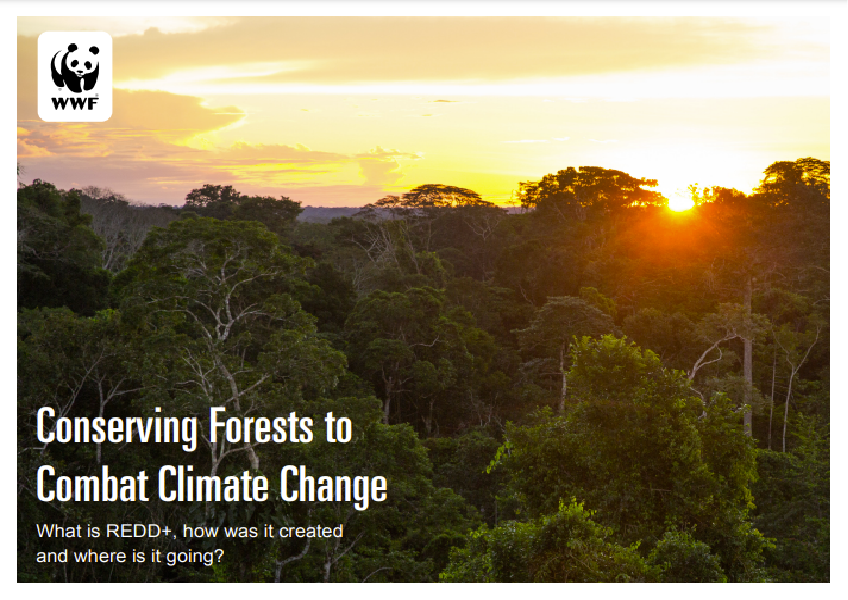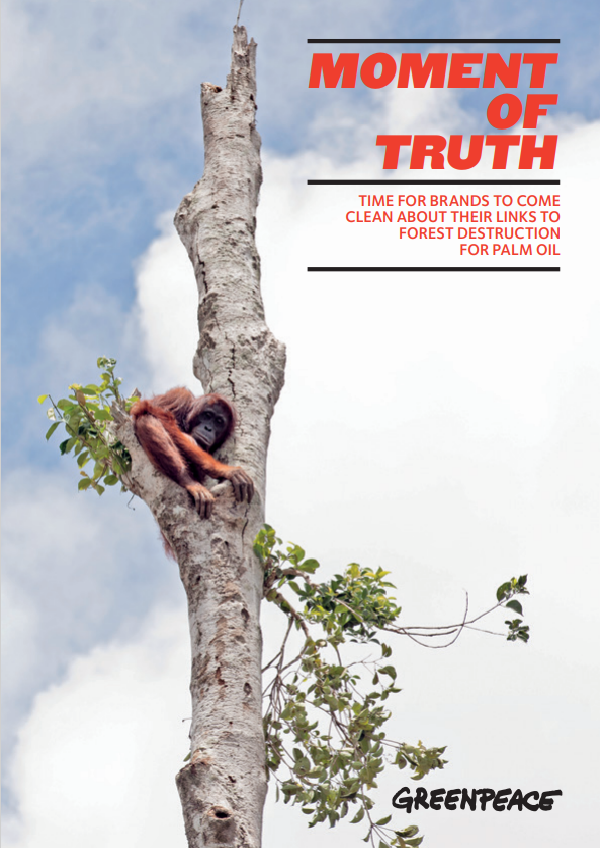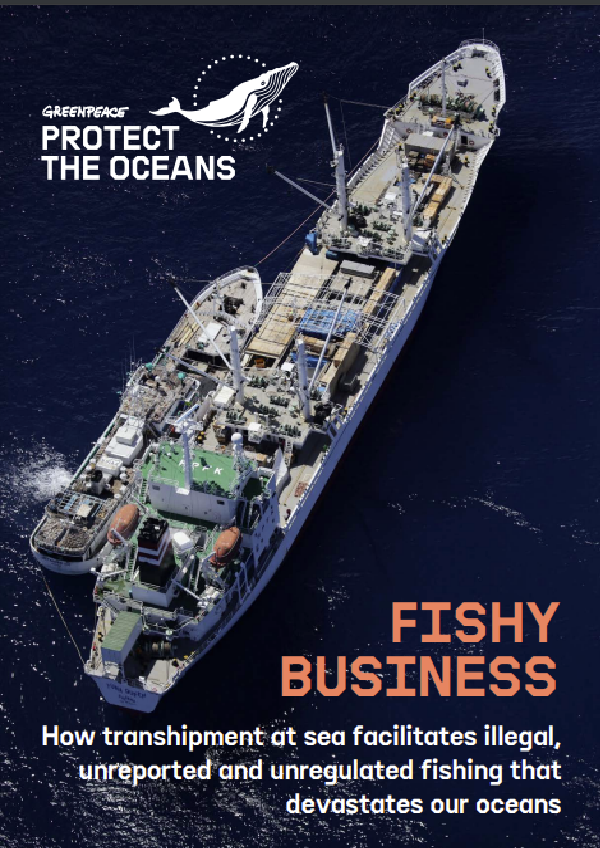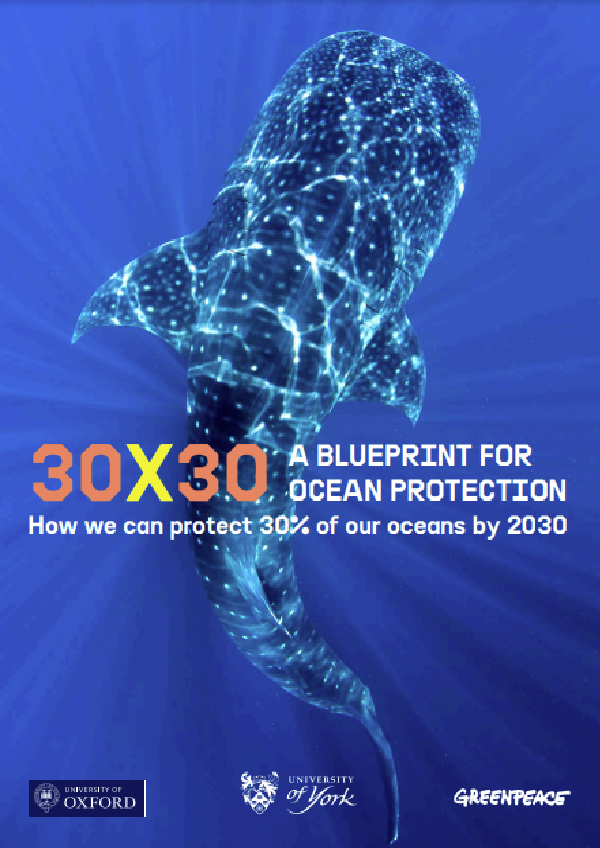Water is essential for life, but it is also the world’s most threatened essential resource. It is imperative that solutions are found to stop poisoning the precious resources we have left with hazardous chemicals.
New research commissioned by Greenpeace International shows that residues of the hazardous chemicals nonylphenol ethoxylates (NPEs) – used in textile manufacturing – remain in many clothing items sold by major international clothing brands and, when washed, a significant percentage of the chemicals in these clothes is released and subsequently discharged into rivers, lakes and seas, where they turn into the even more toxic and hormone-disrupting chemical nonylphenol (NP).
Two previous Greenpeace International reports investigated the discharge of hazardous substances from textiles manufacturing in China (Dirty Laundry)2 and the presence of NPEs in clothing and footwear bearing the logos of 15 leading clothing brands (Dirty Laundry 2: Hung Out to Dry)3.
Of the 78 items of clothing tested in Dirty Laundry 2, NPEs were found in exactly two-thirds of the samples, with the presence of these hazardous substance indicating that NPEs were used during the manufacture of the clothing items and released into waterways in the country of production. For this latest report, the effect of washing a subset of 14 of the samples, consisting of 12 samples of plain fabric and two samples of fabric bearing a plastisol print, was investigated under simulated standard domestic laundering conditions4. This is the first ever study to investigate differences in the amounts of NPEs in fabric products before and after washing, as far as we are aware, and the results have major implications for brands and governments – demonstrating that the direct pollution impacts of the textile sector extend far beyond the country of manufacture and are creating a global cycle of toxic pollution.
This can happen wherever in the world clothing items are sold and washed, and means that brands are making their consumers unwitting accomplices in the release of these hazardous substances into public water supplies.
Source: Greenpeace (http://www.greenpeace.org)
